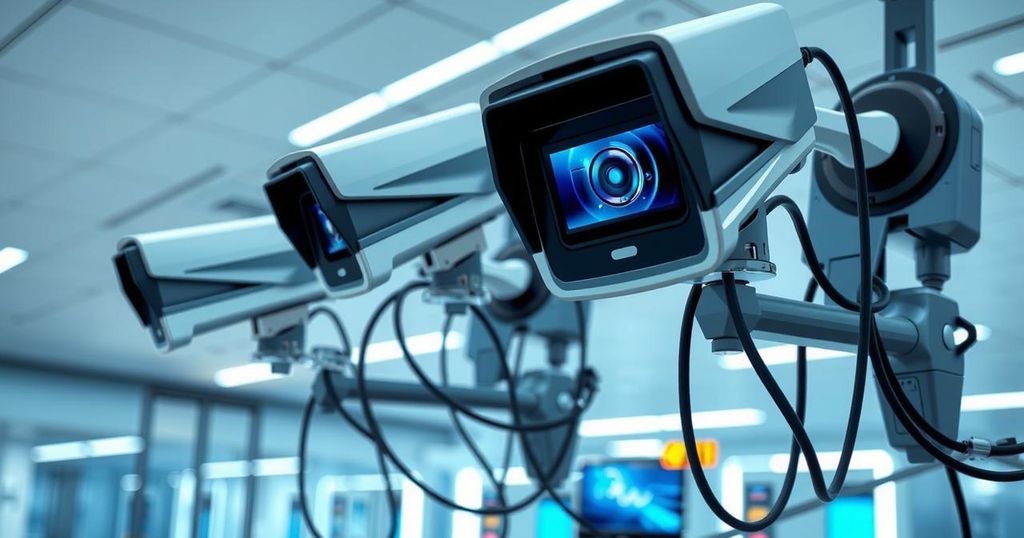Biometric technologies are rapidly modernizing identity verification across sectors by providing secure and efficient solutions. Their application ranges from real-time verification during travel to innovative border control measures. Security of biometric data, privacy, and ethical implementation are crucial concerns that must be addressed as biometric systems grow more prevalent and advanced.
Biometric technologies are transforming identity verification in both public and private sectors, providing secure and efficient methods for confirming identities. With applications like facial recognition at airports and real-time verification as individuals navigate spaces, biometrics are becoming vital in our daily interactions. This transition from traditional verification methods to biometrics on the move enhances security and user convenience. However, it also raises significant concerns surrounding privacy and ethical usage.
Biometric verification leverages unique physical and behavioral traits such as fingerprints, facial features, and voice patterns for authentication. Unlike conventional methods like PINs and passwords, biometric data remains stable throughout a person’s life, making it a more secure option against identity theft and fraud. As these technologies gain traction, it is crucial to address their implementation challenges to ensure responsible use.
Biometric solutions are increasingly important in border control and travel, providing forgery-proof identification and efficient processes. Advanced systems utilizing facial recognition, fingerprint scans, and iris identification streamline traveler experiences, reducing processing time and enhancing security. The integration of these technologies promises to revolutionize travel, making it smoother and safer for both passengers and authorities.
The primary attraction of biometric systems lies in their ability to enhance the user experience, offering seamless verification compared to traditional methods. Notably, systems enabling users to authenticate their identity while moving—such as biometric corridors—can significantly decrease processing times, exemplified by the 80 percent reduction at Miami International Airport.
Despite the clear advantages, securing biometric data presents significant challenges. Unlike passwords, compromised biometric data cannot be replaced, underscoring the need for robust protection measures. Encryption, decentralized storage, and limited data collection are among the best practices essential for safeguarding sensitive biometric information.
The rise of biometrics in identity verification reflects an increasing need for secure methods amid the growing interconnectedness of society. Traditional verification processes are proving inadequate in addressing the demands for efficiency and security, prompting a shift towards biometrics. These technologies are becoming integral to various sectors, notably travel and border control, significantly changing the landscape of authentication and identity management. As biometrics evolve, their role becomes even more critical in combating identity theft, fraud, and ensuring secure access to both physical and digital spaces. Regulatory frameworks such as the EU’s GDPR and CCPA shape the standards for handling biometric data, addressing necessary privacy and security concerns while promoting responsible implementation practices.
The expansion of biometric technologies in identity verification offers both opportunities and challenges. With the potential to modernize identification methods across various sectors, it is essential to prioritize privacy, data protection, and user consent. Organizations must adopt rigorous security practices alongside emerging technologies to build trust and ensure compliance with stringent regulations. Looking ahead, biometrics promise to enhance security and streamline identity verification processes for everyone involved.
Original Source: www.biometricupdate.com





